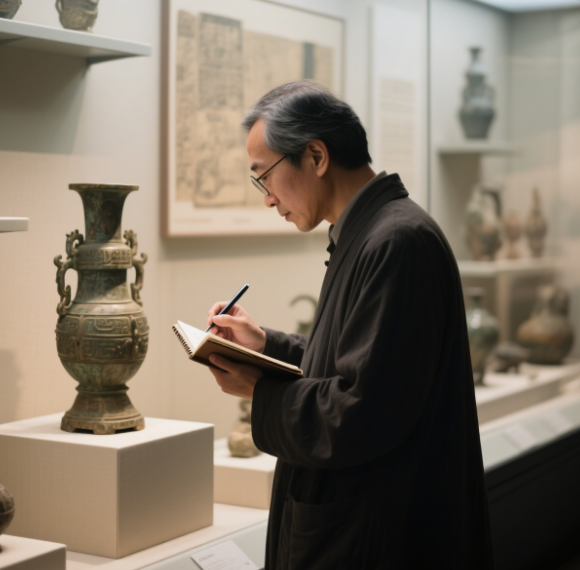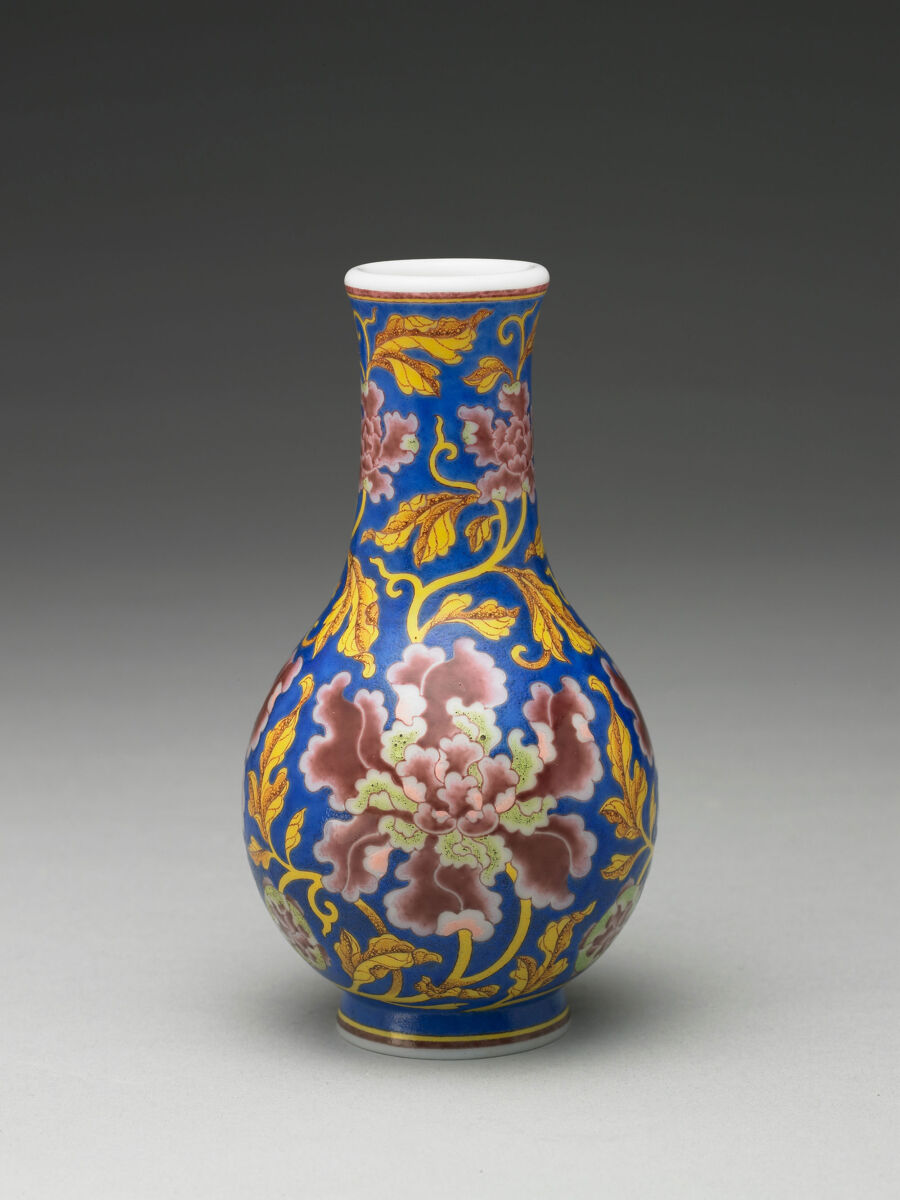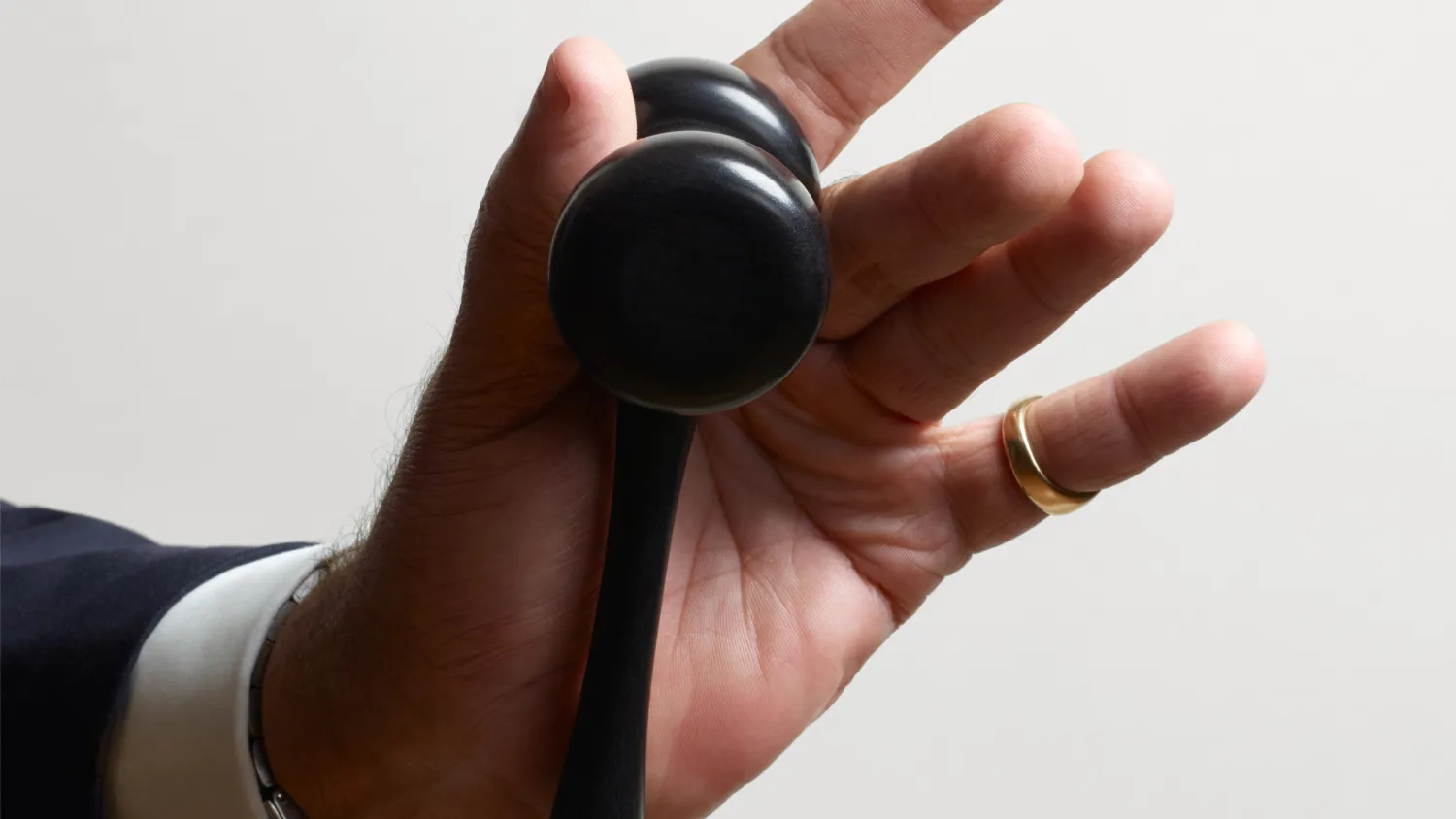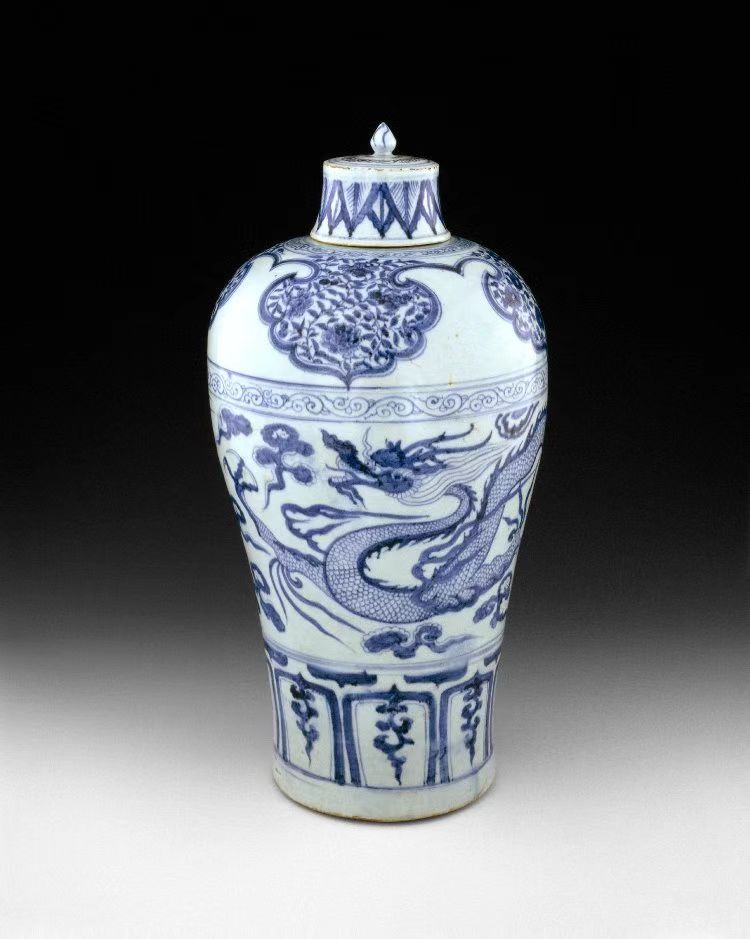Chinese colored porcelain has a long history, and in each different historical stage there are…
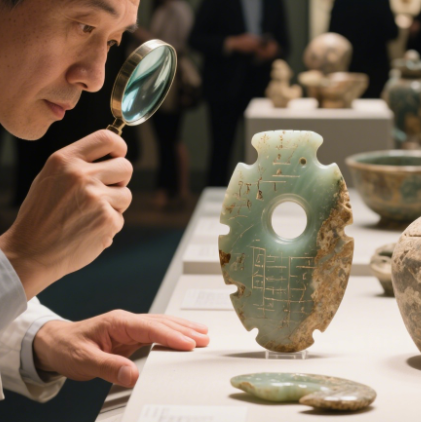
Antique Auctions: A Symphony of History and Value
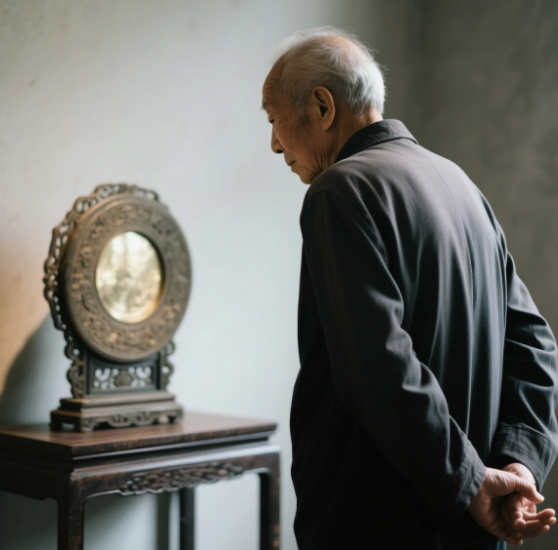
This is not just a transaction, but a dialogue between history and the contemporary era, a moment when the value refined by time blooms.
The antique auction house is always permeated with a wonderful tension. Collectors hold their bid cards in hand, yet their eyes seem to penetrate the screen, catching a glimpse of the warmth in the fingertips of craftsmen from the Ming and Qing dynasties.
Every item up for auction holds codes waiting to be deciphered.

Market fluctuations have never shaken the core value of antiques. During economic downturns, porcelain from the imperial kilns of the Ming and Qing dynasties can still maintain a steady increase; amid the changing trends of art, jade articles from the Neolithic Age have always occupied an important position. This cycle-transcending power stems from their non-renewable nature — each piece is a unique time specimen, carrying the inheritance of cultural genes. As Wei Wei, President of Christie’s Asia, put it: “The value of antiques does not lie in the price tag, but in the fact that it makes civilization traceable.”
